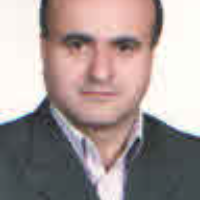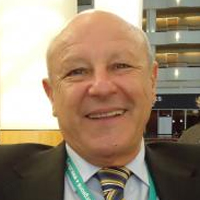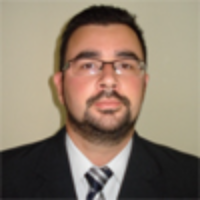Editorial Team

Khalid Ahmed Al-Anazi
King Fahad Specialist Hospital, Dammam, Saudi Arabia

Heinrich Sauer
Justus Liebig Universiy Giessen, Germany

Luai Huleihel
University of Pittsburgh, United States

ENEIDA FRANCO VENCIO
Federal University of Goias, Brazil

Leyan Xu
The Johns Hopkins University School of Medicine, United States

Hossein Salehi Rozveh
Isfahan University of Medical Sciences, Iran, Islamic Republic of

Shihori Tanabe
National Institute of Health Sciences, Japan

Meghnad G Joshi
D Y Patil University, India

Kuldip Sidhu
University of New South Wales, Australia

Joao Rocha
University of Lisbon, Portugal

Murugan Ramalingam
Tohoku University, Japan

Josef Bodor
Masaryk University, Czech Republic

Yoon Young Jang
Johns Hopkins University School of Medicine, United States

Adriana Georgescu
Pharmacology Institute of Cellular Biology and Pathology, Romania

Patricia Galvez-Martin
University of Granada, Spain

Marco Matteo
University of Bari, Italy

Mohamad H. Qari
KING ABDULAZIZ UNIVERSITY, Saudi Arabia

Tong Ming Liu
Institute of Molecular and Cell Biology, Singapore

Biraja Dash
Yale University, United States

Daniela Sanges
UniMore University, Italy

Sebastian Fetscher
Sana Hospitals Lübeck, Germany

Wei Du
University of Arkansas for Medical Sciences, United States

Jiiang-Huei Jeng
National Taiwan University, Taiwan

Hojjatollah Nozad Charoudeh
Tabriz University of Medical Sciences, Iran, Islamic Republic of

Xing-bin Hu
Xijing Hospital, China

Raheleh Farahzadi
Tabriz University of Medical Sciences, Iran, Islamic Republic of

Suneel Kumar
The State University of New Jersey, United States

Mudasir Bashir Gugjoo
Sher-e-Kashmir University of Agricultural Sciences and Technology-Kashmir (SKUAST-Kashmir), India

Federico Benetti
University of Rosario, Argentina

Jifan Hu
Cancer and Stem Cell Epigenetics Program, United States

Roberto Gramignoli
Karolinska Institute, Sweden

Ji Wu
Shanghai Jiao Tong University, China

Sami AKBULUT
Inonu University, Turkey

Gabriel Molina de Olyveira
UEPG-State University, Brazil
